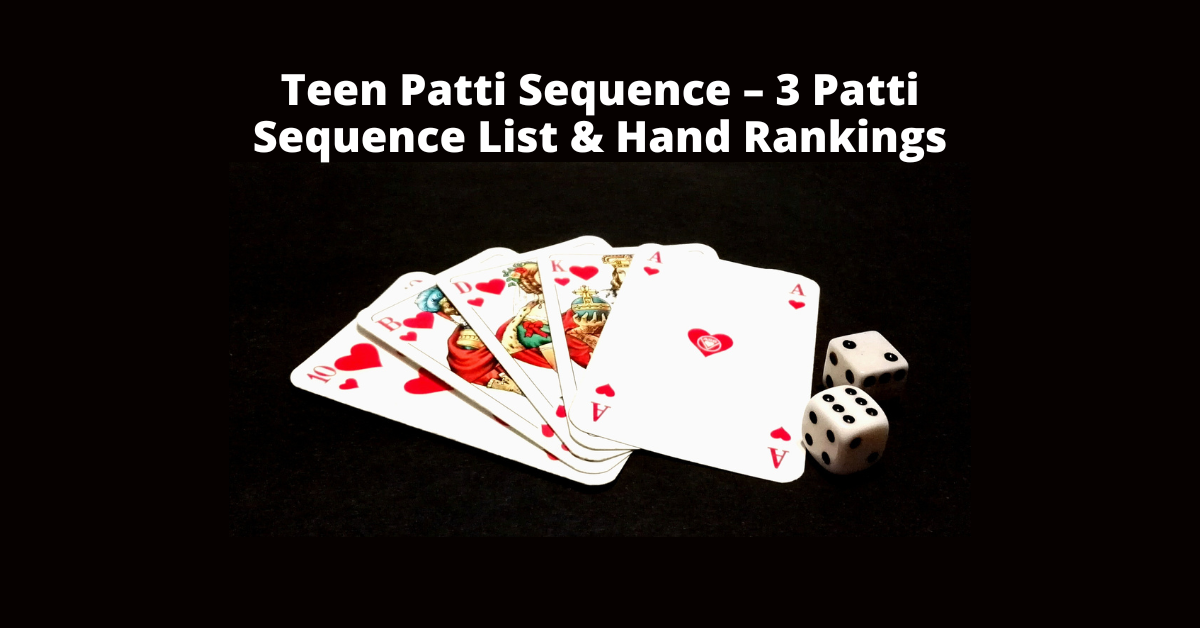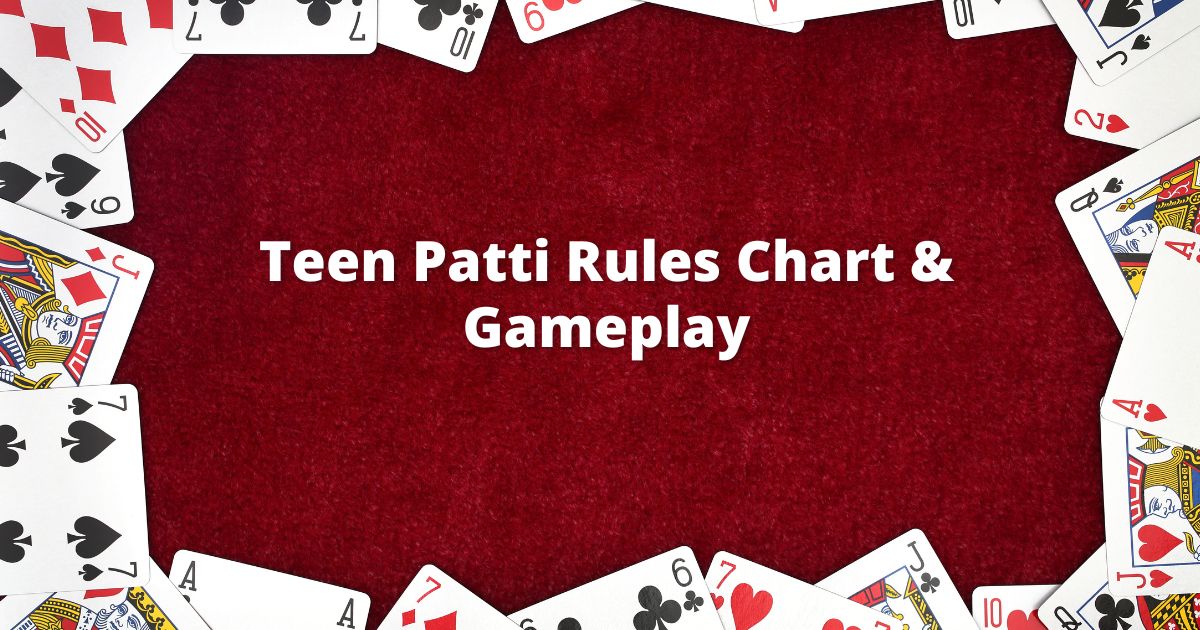Want to become a Teen Patti champion? Master this thrilling Indian card game with our step-by-step guide to Teen Patti rules, hand rankings, and winning strategies.
Teen Patti, also known as 3 Patti, is a popular card game extensively played in India and South Asia. This exciting game demands strategic thinking and skill to secure the pot. The game is played with a standard 52-card deck (excluding jokers), and the goal is to create the best three-card hand to win.
Teen Patti shares similarities with poker rules but has some variations. Typically played with 4 to 7 players, the aim is to form the best possible Teen Patti hand to win the pot. Each player makes an initial bet and is dealt three face-down 3 patti cards at the start.
To clarify 3 Patti rules, they are categorized into the following six sections:
- Teen Patti Rules for Hand Rankings
- Teen Patti Rules for Gameplay
- Teen Patti Rules for Blind & Seen Players
- Teen Patti Rules for Showdown
- Summary of Teen Patti Rules
- Teen Patti Rules for Game Variations
When learning to play Teen Patti, one of the first steps is understanding the hand rankings. There are six hand rankings in the game, ranging from the highest to the lowest.
Here’s a breakdown of the 3 patti rules chart and Teen Patti hand rankings:
- Trail/Three of a Kind/Trio: This hand consists of three cards of the same rank. For example, three aces (A♥️A ♠ ️ A ♣ ️) represent the highest-ranking trio, while three twos (2 ♣ ️ 2 ️ 2 ♥ ️) are the lowest-ranking.
- Pure Sequence/Straight Run: This hand includes three consecutive cards of the same suit. The highest pure sequence is A♦️2♦️3♦️, followed by A♦️K♦️Q♦️ and K♦️Q♦️J♦️. The lowest pure sequence is 4♦️3♦️2♦️. Note that 2♦️A♦️K♦️ does not form a valid pure sequence.
Sequence/Normal Run: This hand consists of three consecutive cards, but not all of the same suit. The highest normal run is A♠️2♥️3♠️, followed by A♥️K♣️Q♠️ and K♦️Q♠️J♥️, down to 4♠️3♥️2♦️.
- Color/Flush: A Flush or Color hand features three cards of the same suit, with no sequential order. For example, A♣️Q♣️J♣️ forms a flush. When comparing two flush hands, the highest card is compared first, followed by the second-highest, and then the lowest if needed. The highest flush is A-K-J, and the lowest is 5-3-2.
- Pair: A Pair consists of two cards of the same rank and a third kicker card. For example, A-A-K or J-J-9 form a pair. The highest-ranking pair is A-A-K, while the lowest is 2-2-3.
- High Card or No Pair: This hand has three cards that do not form any of the above combinations. The highest-ranking high card hand is A-K-J of mixed suits, and the lowest is 5-3-2.
To become a Teen Patti expert, familiarize yourself with the following rules:
- Number of Players: 3 to 6 participants
- Deck: A standard 52-card deck is used (without jokers)
- Card Ranking: A (High), K, Q, J, 10, 9, 8, 7, 6, 5, 4, 3, 2 (Low)
Objective: The goal of Teen Patti is to create the highest-ranking three-card hand combination to win the pot. Players aim to increase the pot size as the game progresses to maximize their winnings. The player with the best hand at the end of the game wins the pot.
Shuffling and Dealing: The dealer shuffles a standard 52-card deck before dealing. Each player places a predetermined boot amount into the pot before the cards are dealt. The dealer distributes three face-down cards to each player in a clockwise direction, so no player can see their 3 patti cards initially.
Betting Procedure: The game proceeds clockwise, starting from the player to the dealer’s left. Players place bets based on the strength of their hand. They can either bet without seeing their cards (playing blind) or after viewing their cards (playing seen). Players also have the option to fold, forfeiting their contribution to the pot if they choose not to bet. Understanding these rules will help you master Teen Patti and increase your chances of success in the game.
According to Teen Patti rules, if a player chooses to play blind, they must place their bet without viewing their cards. The bet made by a blind player must be equal to or no more than twice the current pot amount. If the initial player is blind, their bet must be at least equal to the boot amount or higher.
The amount placed by the blind player becomes the stake. The subsequent player must either match or exceed this stake with their bet. Seen players, however, are required to bet double the stake amount. A blind player can request a show, which involves comparing hands between the two remaining players, with the winner collecting the pot. Certain conditions apply:
- Only two players should remain in the game for a show to be requested.
- The blind player must pay an amount equal to the stake to request a show, regardless of whether the other player is blind or seen.
- Seen players cannot request a show; they can either place a bet or fold.
- If both players are seen and one requests a show, the requesting player must add double the current stake amount to the pot.
- If the hands are tied in a show, the player who requested the show loses the hand.
According to Teen Patti rules for seen players, a seen player has the options to play chaal, show, sideshow, or fold. To stay in the game after viewing their cards, a seen player must choose to play chaal. When a seen player opts for chaal, they place a bet that must be between two to four times the current stake (or the boot amount if they are the first player).
If the previous player was blind, the bet becomes the new stake amount. If the previous player was also seen, half of their bet determines the new stake amount. A seen player can request a show as outlined in the show rules. Additionally, a seen player can request a slideshow with another player.
Here are the rules for requesting a sideshow:
- A seen player can compare their 3 patti cards with the last player’s cards, provided there is at least one other player remaining and the previous player was also seen.
- The player requesting a sideshow must add twice the current stake amount to the pot.
- The previous player can choose to accept or decline the sideshow request.
- If the previous player declines, no cards are compared, and the round continues.
- If the previous player accepts, the hands are compared. If the requesting player has the higher-ranking hand, the previous player must fold. Conversely, if the previous player has the higher-ranking hand, the requesting player must fold.
In Teen Patti, the sideshow rule (also known as a compromise) allows players to compare their 3 patti cards with another player’s, but it must be requested. The player being asked for a sideshow has the choice to accept or decline. A sideshow only occurs if both players agree to it, and blind players cannot request it.
Here are the specific conditions for the sideshow rule:
- A player who declines two sideshow requests must accept the third one.
- When a sideshow is accepted, both players compare their hands privately. The player with the weaker hand must fold immediately. If the hands are tied, the player who initiated the sideshow must fold.
- If a sideshow request is rejected, the requesting player must match the previous player’s bet.
In Teen Patti, the game reaches a showdown when only two players remain and the others have folded. Here are the rules for a showdown:
- A showdown occurs only when only two players are left and all others have folded.
- If you are a blind player, you must contribute an amount equal to the current stake into the pot, regardless of whether the other player is blind or seen.
- Seen players cannot request a show from blind players; they may only continue to bet or fold.
- If both players are seen, either can request a show by adding twice the current stake amount to the pot.
- During the show, the hands of both players are compared, and the player with the higher-ranking hand wins the pot. In the event of a tie, the player who did not request the show wins.
Main Bet Options: To stay in the game, players must place the Main Bet, which is the initial bet for the game. The two main bet options in Teen Patti are the Ante and the Blind. All players must place the Ante before any cards are dealt. The Blind, a voluntary bet, must be placed by the two players to the dealer’s left. Additionally, Teen Patti offers side bets that can be placed alongside the Ante and Blind. These side bets usually have higher stakes and can be made by any player, regardless of their position.
Side Bet Options: While main bets are based on the hand’s outcome, side bets focus on potential hand outcomes. For example, a side bet may be placed on whether the hand will result in a flush or a straight.
There are multiple tips to master the game of teen patti, here are 15 straightforward tips to help you excel at the game:
- Understand the Rules: Learn the game’s rules, hand rankings, and how hands are formed.
- Know Your Cards: Get acquainted with the 52-card deck and the ranking of each card.
- Bet Wisely: Make informed bets and take calculated risks.
- Practice: Engage in practice rounds to become proficient. Online platforms can be helpful.
- Observe Opponents: Watch your opponents closely to detect bluffing or strong hands.
- Bluff Strategically: Use bluffing as a tactic but do so thoughtfully and sparingly.
- Fold When Necessary: If your cards are weak, fold early to minimize losses.
- Learn from Mistakes: Review your games to understand what strategies worked and what didn’t.
- Control Emotions: Maintain a neutral expression; don’t let your emotions show.
- Set a Budget: Establish a betting limit and adhere to it.
- Understand Variants: Be familiar with different versions of Teen Patti and adjust your strategies accordingly.
- Use 'Show' Judiciously: Reveal your cards only when it’s advantageous.
- Stay Focused: Keep your attention on the game and avoid distractions.
- Know When to Quit: Leave the game if you’re experiencing significant losses or after a big win.
- Be Patient: Success in Teen Patti requires both skill and luck, so wait for the right opportunities.
In Teen Patti, the likelihood of drawing a particular hand is influenced by various factors such as the number of players, the cards dealt, and whether jokers are used.
For a standard game with a 52-card deck and no jokers, the probabilities for each hand are as follows:
- Trio/Trail/Set: 0.24%
- Straight Flush: 0.22%
- Sequence/Straight: 3.26%
- Colour/Flush: 4.96%
- Pair: 16.94%
- High Card: 74.39%
The probability of obtaining a specific hand generally decreases as its ranking improves, meaning you are more likely to get a High Card or Pair compared to a Straight Flush or Trio.
These probabilities are based on random card dealing without replacement. Actual chances may vary depending on player skill and specific game rules.
Teen Patti is played with various rules and variations that players can choose from. For instance, some versions may allow higher increases in bets, while others may limit the number of blind bets a player can make.
Additionally, certain variations might require that the minimum bet be doubled for a show. Over time, Teen Patti has evolved, with many versions now including wild cards or exposed cards. Here are some common variations of Teen Patti:
- Muflis: In this variation, low-value cards are stronger than high-value ones. For example, while A-A-A would typically beat K-K-K in standard Teen Patti, in Muflis, K-K-K beats A-A-A.
- Best-of-Four: In this game, each player is dealt four cards, and they must create the strongest three-card hand possible from those four cards.
- Community: Similar to poker, this variation involves the dealer dealing both hole cards and community cards. Players use the community cards to form the best three-card hand.
- Stud: This variation resembles stud poker, where players receive a mix of face-down and face-up cards from the dealer and must create the best hand using three of these cards.
- Bust Card Draw: In this version, the dealer draws a card at random, and all cards of that rank are eliminated from the game. Players must then fold any of the selected cards.
- Draw: Each player is dealt a card before the initial bet. Players can discard unwanted cards and draw new ones.
- Cobra: In this variation, players place their cards on their foreheads for their opponents to see, while keeping their own cards hidden.
The rules and gameplay of Teen Patti closely resemble those of poker but are simpler to grasp. According to Teen Patti rules, players start by placing an ante bet before the dealer distributes the cards. Each player receives three face-down cards from the dealer. Players then have the option to call, raise, or fold, either after viewing their cards or without seeing them. At the end of all betting rounds, the player with the highest-ranking hand wins the pot.
In Teen Patti, a high card hand rank the lowest among all hand combinations. This hand consists of three cards that do not form any other recognized Teen Patti hand. The strength of a high card hand is determined by the highest-ranking card within it.
In the 3 Patti game, an A-K-J of the same suit represents the highest flush or color hand. A flush consists of three cards of the same suit, but they do not need to be in sequential order.
In 3 Patti, the highest possible hand is a trail of aces (A-A-A). A trail is a hand consisting of three cards of the same rank.
A flush, or color, comprises three cards of the same suit that are not in sequential order. In the event that two players both have a flush, the hand is compared by the highest card first. If the highest cards are identical, the second cards are compared to determine the stronger hand. If the second cards are also the same, the lowest cards are compared as a final tiebreaker.
In the 3 Patti game, a sideshow occurs when a player wishes to compare their cards with another player at any stage of the game. A player may request a sideshow from another player, who can either accept or decline the request. If the request is accepted, both players privately compare their hands, and the player with the weaker hand must fold. If the hands are of equal strength, the player who initiated the sideshow is required to fold.
In Teen Patti, if two players both have a flush, a tie is determined by comparing the highest-ranking cards. For example, if Player A holds K-J-9 and Player B holds A-J-8, Player B has the stronger hand. If both players share the same highest card, the second highest card is compared to breaking the tie.
An Ante Bet is a mandatory wager placed by each player before the cards are dealt. A Play Bet is an optional wager made by a player to compete against the dealer, and it amounts to twice the Ante Bet.


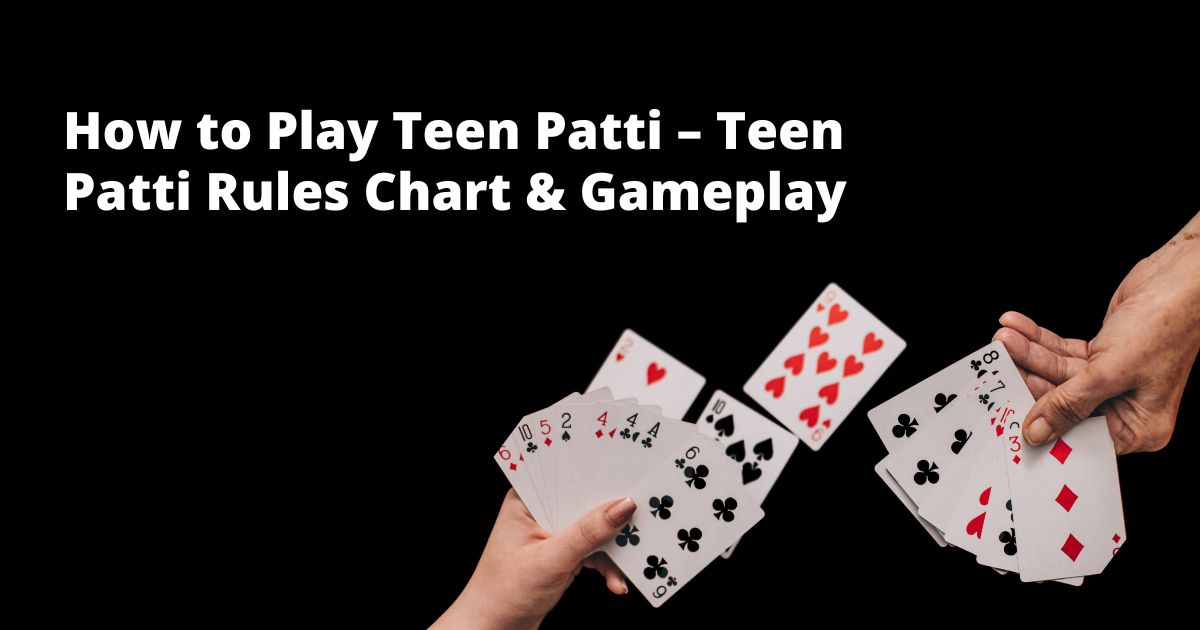
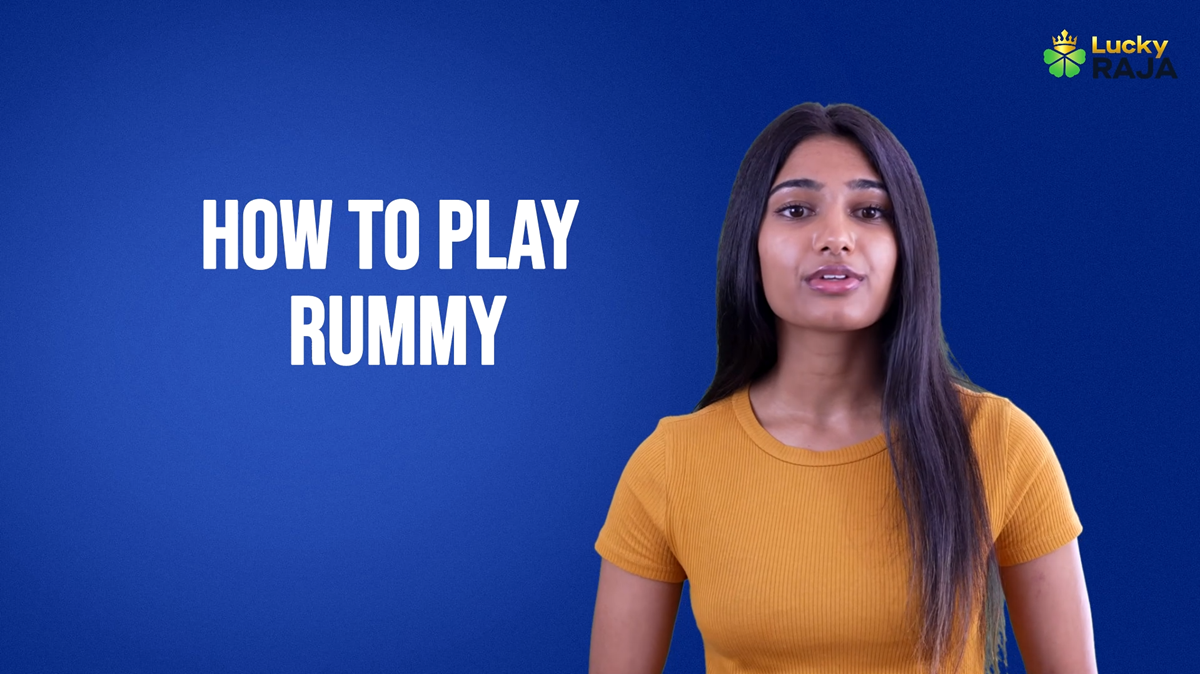

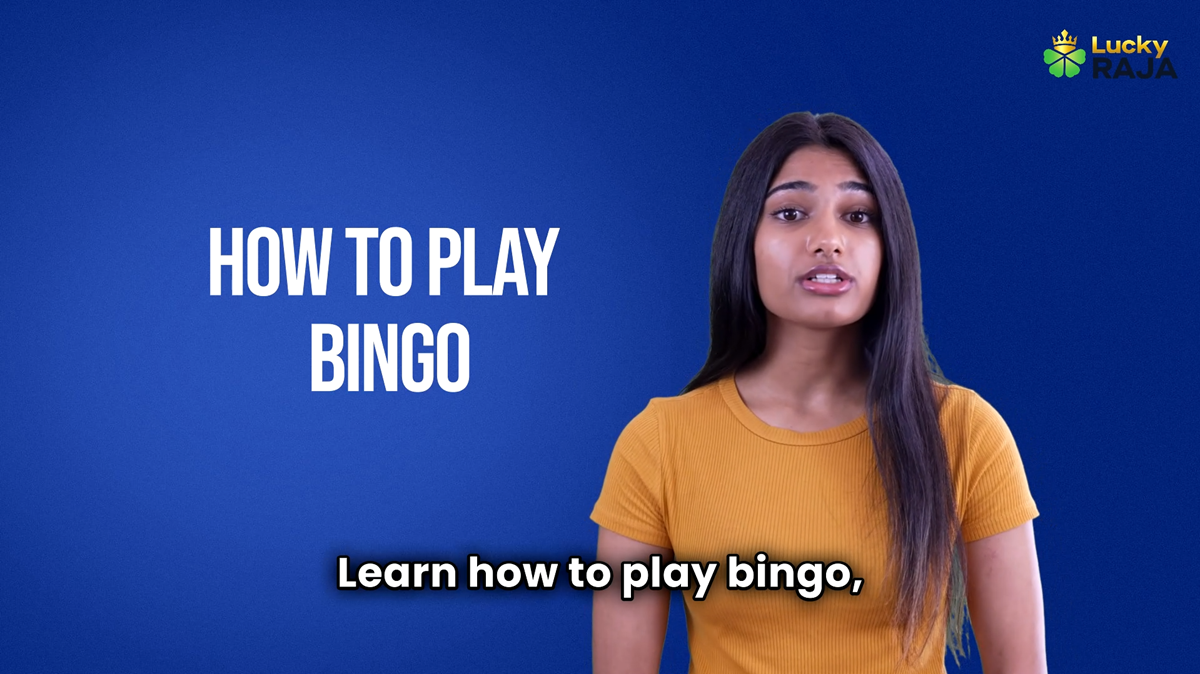
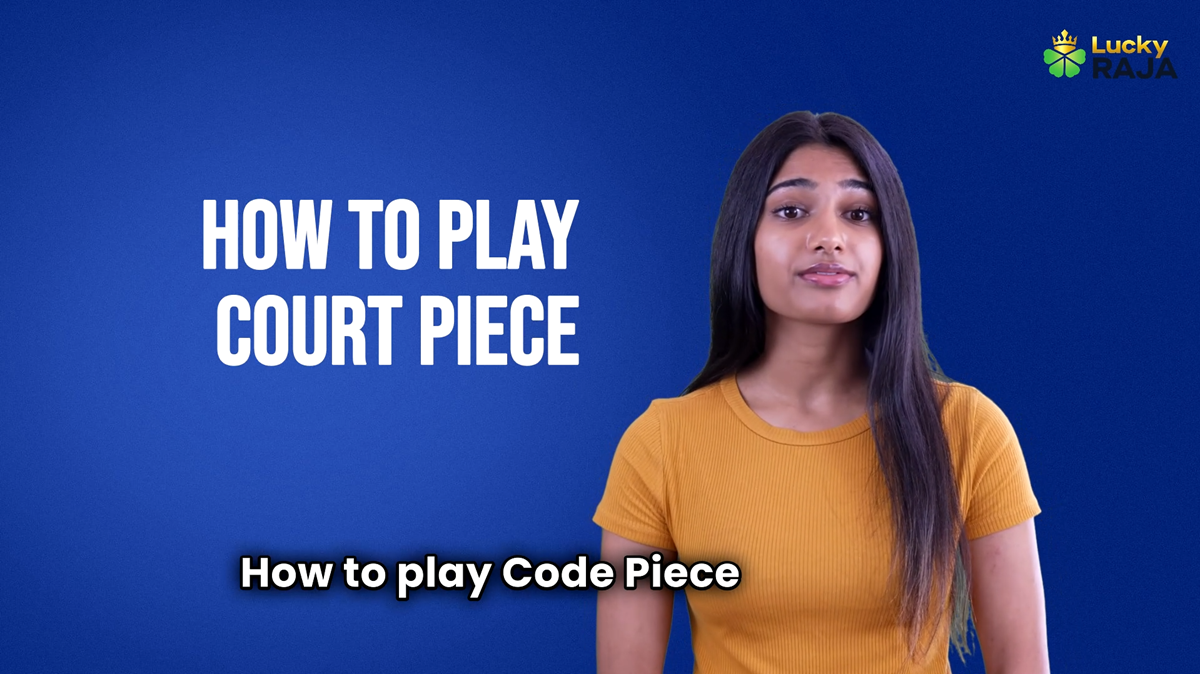
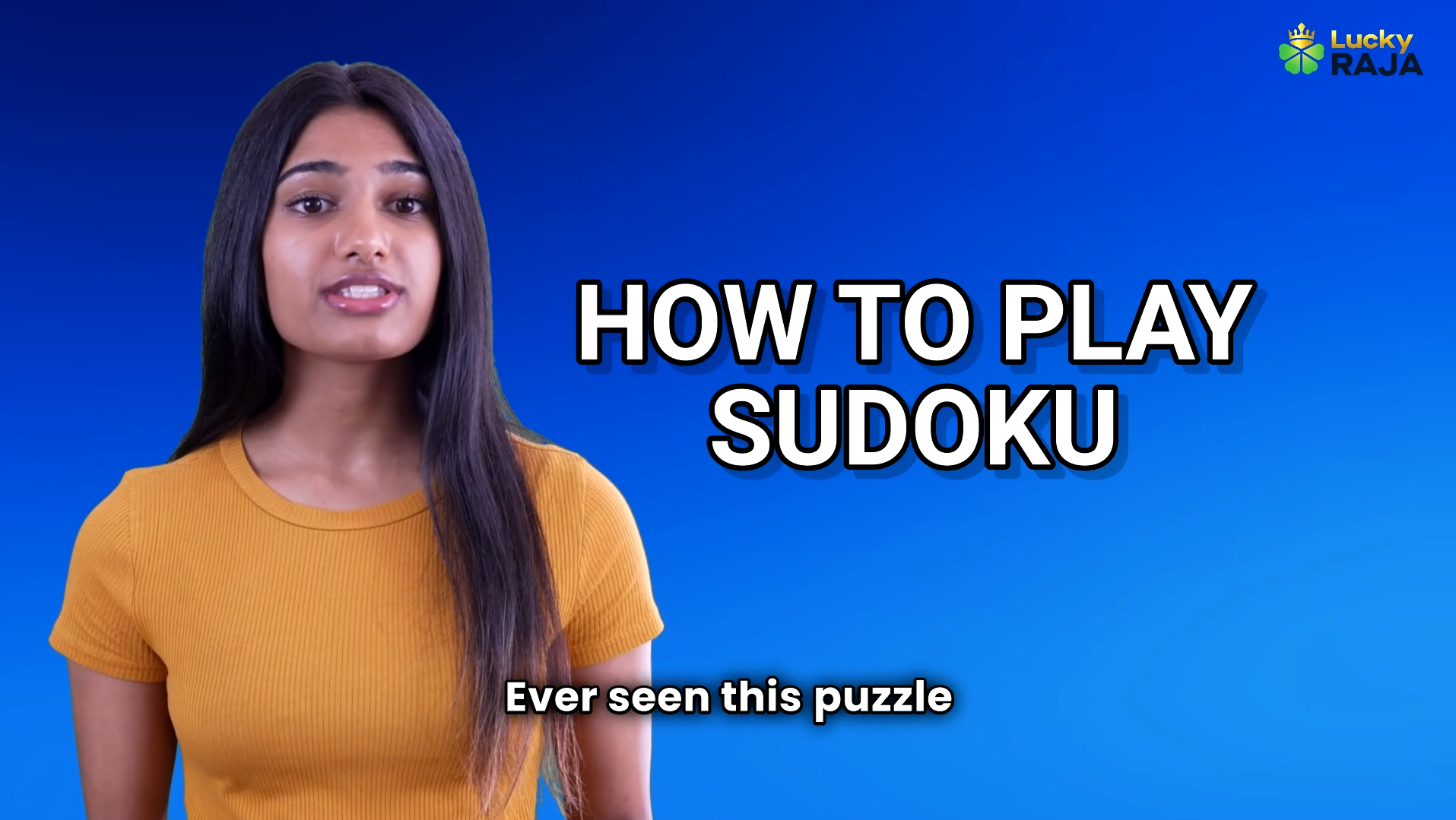
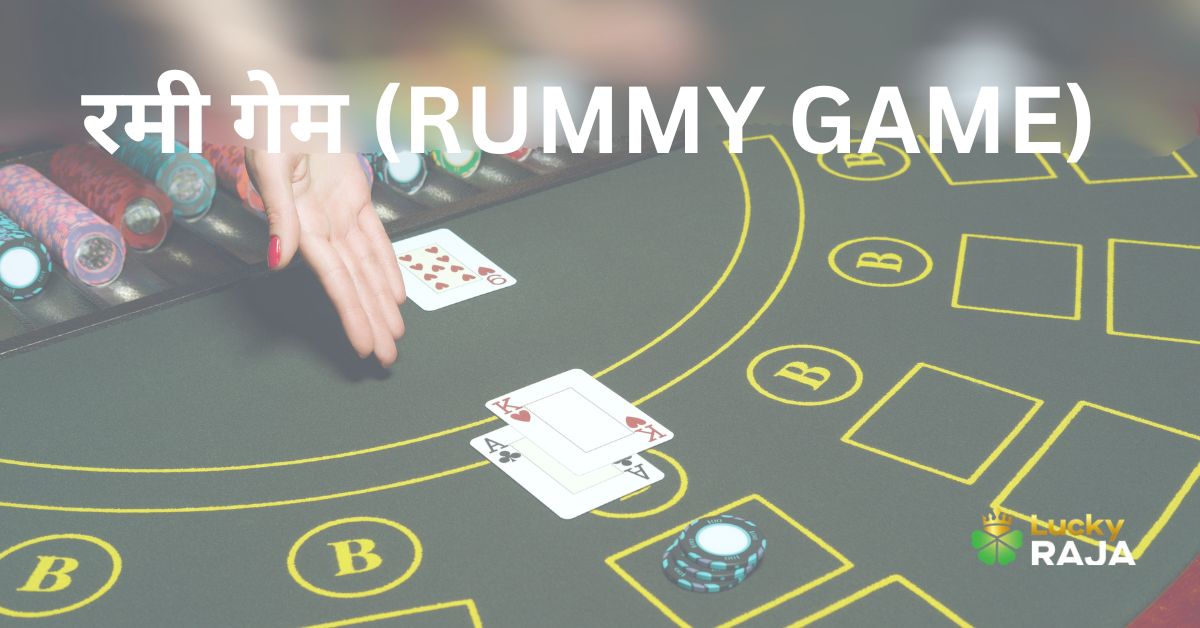
__1742718509-0.jpg)
